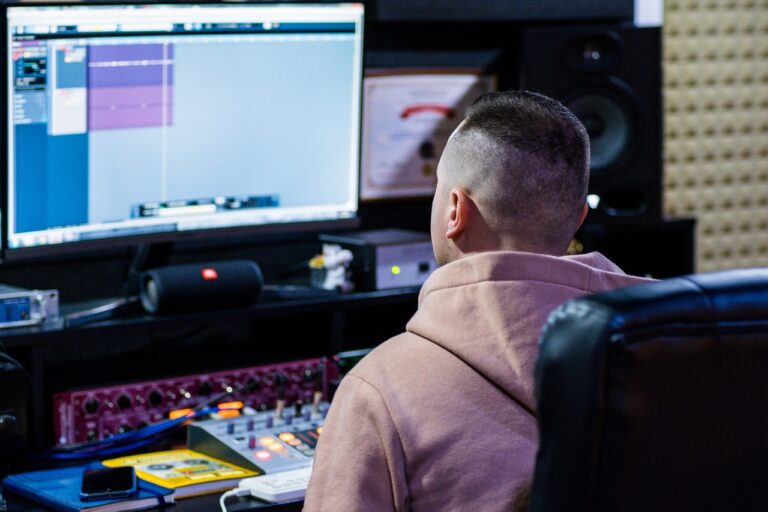The Impact of Technology on Media Accessibility: Betbhai book, Cricbet99 login, Diamondexch9 login
betbhai book, cricbet99 login, diamondexch9 login: The Impact of Technology on Media Accessibility
In today’s digital age, technology plays a significant role in shaping how we consume and interact with media. From the rise of streaming services to the proliferation of social media platforms, technology has enabled greater access to a wide range of content. This increased accessibility has had a profound impact on how we consume news, entertainment, and information.
1. Streaming Services
The advent of streaming services like Netflix, Hulu, and Amazon Prime Video has revolutionized the way we watch TV shows and movies. These platforms allow users to access a vast library of content at their fingertips, making it easier than ever to find and enjoy the media they love.
2. Social Media
Social media platforms like Facebook, Twitter, and Instagram have become powerful tools for sharing and discovering news and information. These platforms allow users to follow their favorite news outlets, journalists, and influencers, giving them instant access to the latest updates and trends.
3. Mobile Devices
The widespread adoption of smartphones and tablets has also played a key role in increasing media accessibility. With these devices, users can access news, entertainment, and information anytime, anywhere. Whether it’s reading news articles on the go or watching videos during a commute, mobile devices have made it easier than ever to stay connected.
4. Podcasts
Podcasts have surged in popularity in recent years, thanks in part to technology. With platforms like Spotify and Apple Podcasts, users can easily discover and listen to a wide range of podcasts on various topics. This accessibility has democratized the world of audio content, allowing anyone with a microphone and a good idea to reach a global audience.
5. Virtual Reality
Virtual reality technology has the potential to revolutionize the media landscape, offering immersive experiences that transport users to new worlds. Whether it’s exploring a museum from the comfort of your home or attending a live concert in virtual reality, this technology has the power to make media more accessible and engaging than ever before.
6. Artificial Intelligence
Artificial intelligence is also making waves in the media industry, enabling personalized content recommendations and automated news updates. By analyzing user behavior and preferences, AI algorithms can deliver tailored content to users, making it easier for them to discover new and relevant media.
FAQs
Q: How has technology impacted traditional media outlets?
A: Technology has forced traditional media outlets to adapt to the changing landscape by embracing digital platforms and finding new ways to connect with audiences online.
Q: Are there any downsides to the increased accessibility of media?
A: While technology has made media more accessible than ever, it has also raised concerns about fake news, privacy, and digital addiction. It’s important for users to critically evaluate the sources and credibility of the media they consume.
Q: What does the future hold for media accessibility?
A: The future of media accessibility will likely be shaped by advancements in technology, such as artificial intelligence, virtual reality, and augmented reality. These innovations have the potential to further enhance the user experience and make media more immersive and engaging.







